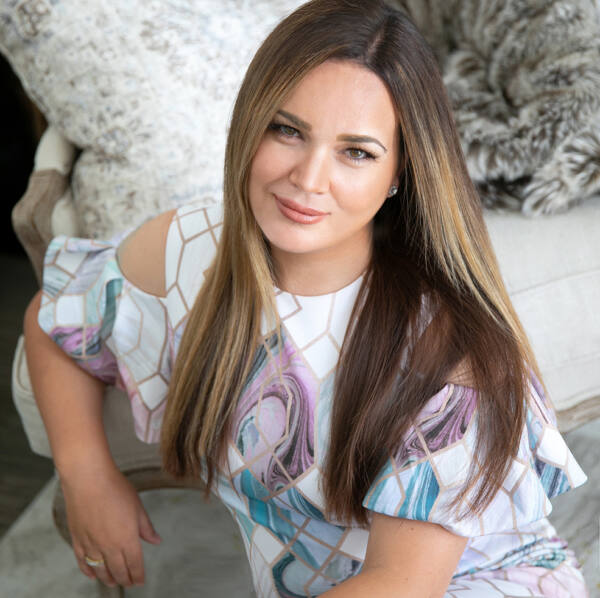.jpg) In Sikh wedding ceremonies, it is a common practice for men and women to sit on opposite sides of the prayer hall or Darbar Sahib. This seating arrangement is known as “Purdah” and has historical and cultural significance in Sikh tradition. Here are some reasons behind this practice:
In Sikh wedding ceremonies, it is a common practice for men and women to sit on opposite sides of the prayer hall or Darbar Sahib. This seating arrangement is known as “Purdah” and has historical and cultural significance in Sikh tradition. Here are some reasons behind this practice:
Tradition and Modesty: The practice of men and women sitting separately dates back to traditional customs and cultural norms. It is believed to uphold principles of modesty, privacy, and respect for personal space. The separation ensures a sense of decorum and maintains a focused environment during the religious ceremony.
Distraction-Free Environment: Sitting on opposite sides reduces distractions and allows individuals to concentrate on the spiritual aspect of the wedding ceremony, including the recitation of hymns, prayers, and the Guru Granth Sahib. It promotes a peaceful and serene atmosphere for spiritual reflection and connection.
Equality and Non-Discrimination: The separation of genders during the wedding ceremony emphasizes the equality and dignity of both men and women. It ensures that everyone, regardless of gender, has an equal opportunity to participate and engage in the ceremony. It is not a means of segregation or discrimination but rather a way to facilitate individual spiritual experiences.
Tradition and Cultural Norms: The seating arrangement of men and women on opposite sides is rooted in cultural traditions that have been followed for generations. It reflects the customs and practices that are specific to Sikh weddings and demonstrates adherence to the cultural heritage of the community.
It’s important to note that not all Sikh weddings strictly follow this seating arrangement, and practices can vary among different families and regions. In some cases, families may choose to have a more integrated seating arrangement, particularly for close family members. The primary objective is to create an environment of reverence, focus, and spiritual engagement during the wedding ceremony.




